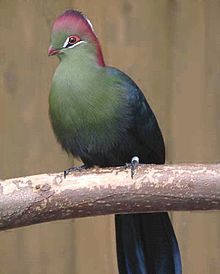| Common name | Scientific name and subspecies | Range | Size and ecology | IUCN status and estimated population |
|---|
| Guinea turaco (also called green turaco)  | Tauraco persa
(Linnaeus, 1758)
- T. p. buffoni (Vieillot, 1819)
- T. p. persa (Linnaeus, 1758)
- T. p. zenkeri Reichenow, 1896
| West and Central Africa, ranging from Senegal east to DR Congo and south to northern Angola
 | Size:
Habitat:
Diet: | LC
|
|---|
| Livingstone's turaco  | Tauraco livingstonii
(Reichenow, 1891) | Burundi, and is besides found from southern Tanzania to eastern and southern Malawi, eastern Zimbabwe, widely in Mozambique and along the subtropical coast of South Africa.
 | Size:
Habitat:
Diet: | LC
|
|---|
| Schalow's turaco  | Tauraco schalowi
(Reichenow, 1891) | Zambia, central Angola, the southern DRC, and the uplands of southern Kenya, northern and western Tanzania and western Malawi
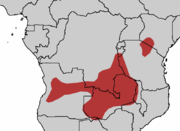 | Size:
Habitat:
Diet: | LC
|
|---|
| Knysna turaco  | Tauraco corythaix
(Wagler, 1827) | South Africa
 | Size:
Habitat:
Diet: | LC
|
|---|
| Black-billed turaco  | Tauraco schuettii
(Cabanis, 1879) | Democratic Republic of Congo, Uganda, West Kenya, Burundi, Rwanda and South Sudan.
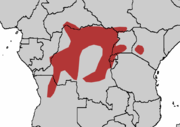 | Size:
Habitat:
Diet: | LC
|
|---|
| Ross's turaco  | Tauraco rossae
(Gould, 1852) | Cameroon to South Sudan and western Kenya south to Angola and Botswana
 | Size:
Habitat:
Diet: | LC
|
|---|
| Fischer's turaco  | Tauraco fischeri
(Reichenow, 1878) | Kenya, Somalia, and Tanzania
 | Size:
Habitat:
Diet: | NT
|
|---|
| Yellow-billed turaco  | Tauraco macrorhynchus
(Fraser, 1839) | Angola, Cameroon, Republic of the Congo, Democratic Republic of the Congo, Ivory Coast, Equatorial Guinea, Gabon, Ghana, Guinea, Liberia, Nigeria, and Sierra Leone
 | Size:
Habitat:
Diet: | LC
|
|---|
| Hartlaub's turaco  | Tauraco hartlaubi
(Fischer & Reichenow, 1884) | Kenya, Tanzania, and Uganda
 | Size:
Habitat:
Diet: | LC
|
|---|
| Violet turaco  | Tauraco violaceus
(Isert, 1788) | Senegal and Gambia to Chad and Central African Republic | Size:
Habitat:
Diet: | LC
|
|---|
| White-crested turaco  | Tauraco leucolophus
(Heuglin, 1855) | eastern Nigeria and western Kenya
 | Size:
Habitat:
Diet: | LC
|
|---|
| Red-crested turaco  | Tauraco erythrolophus
(Vieillot, 1819) | Angola
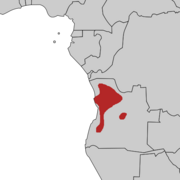 | Size:
Habitat:
Diet: | LC
|
|---|
| Bannerman's turaco  | Tauraco bannermani
(Bates, GL, 1923) | Cameroon
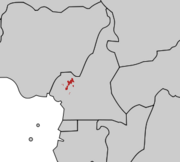 | Size:
Habitat:
Diet: | EN
|
|---|
